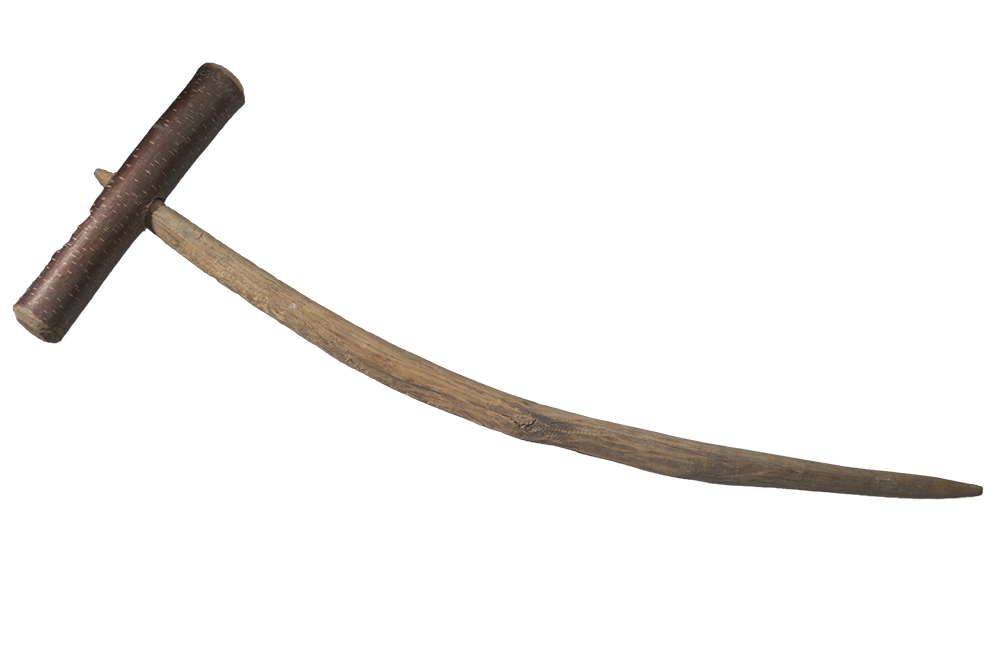Background
When European explorers first traveled across North America, they were impressed by the richness of the land. Reports of corn fields that stretched for miles, forests full of fruit trees, and wetlands stocked with edible plants amazed readers back in Europe. They did not realize or consider that Indigenous women had worked and experimented for centuries to cultivate the land.
In many Indigenous communities across North America, women were responsible for growing, harvesting, and cooking the majority of the food that fed their communities. Women were the leaders in crop development, the experimentation necessary to invent better new crops. Women discovered that the “three sisters”—corn, squash, and beans—grew best when planted together, and women created the many varieties and uses of corn that we still enjoy today.
By the time Europeans arrived, Indigenous women had spent generations adapting and developing crops. Their work fit so seamlessly into the natural world that the explorers believed everything had evolved that way.
About the Artifacts
This wooden digging stick was produced by the Nlaka’pamux people, who lived in the Cascade Mountains that span modern-day British Columbia, Canada and Washington State. The tool was used to dig plant roots and tubers. The crosspiece at the top of the stick allows the user to drive it into the earth with two hands. The main shaft is curved to help pull roots and tubers from the ground.
Vocabulary
- agricultural: Farming.
- cultivate: The process of preparing and improving.
- Nlaka’pamux: A tribe that lived in the Cascade Mountains that span modern-day British Columbia, Canada and Washington State prior to European contact. Today there is a Nlaka’pamux community in southern British Columbia.
- tuber: The underground thickened part of the stem of a plant that can be harvested for food. Potatoes and cassava are both tubers.
Discussion Questions
- How was this tool created? How was it used? What does this object tell us about life in Nlaka’pamux communities?
- What would it feel like to use this object? What does this tell us about the daily lives of Nlaka’pamux women?
- How does knowing about the role of Indigenous women in land cultivation and crop development reshape our understanding of women’s impact on human history?
Suggested Activities
- APUSH Connection: 2.5 Interactions Between American Indians and Europeans
- Use this object in any lesson about the daily life and culture of pre-contact Indigenous people.
- Digging sticks have been used by cultures all over the world. Have students research and compare digging sticks from other parts of the world and think critically about how similar agricultural practices evolved in cultures that were worlds apart.
- For more stories of women and agricultural innovation, pair this document with the Mortar and Pestle for Pounding Rice and the Patent for Cleaning and Curing Corn.
- Combine the image of the digging stick with any of the following for a lesson on the labor of women in Indigenous communities:
Themes
GEOGRAPHY AND THE ENVIRONMENT







